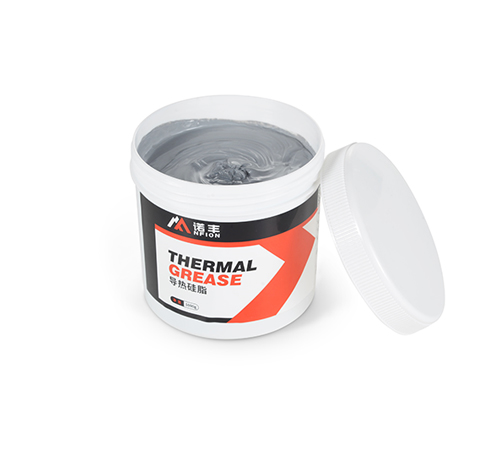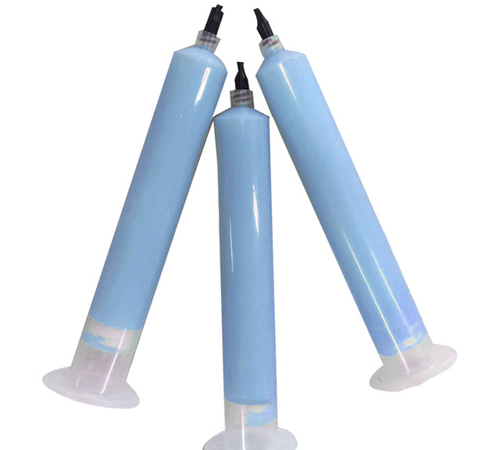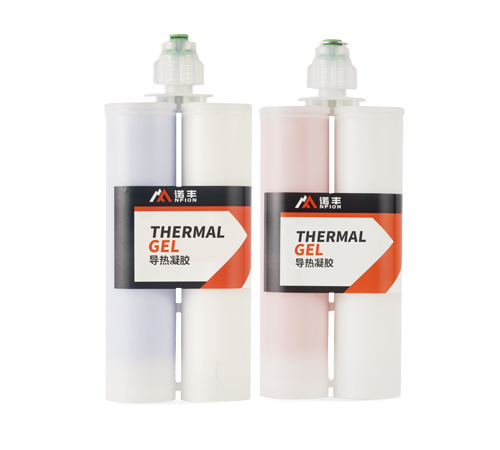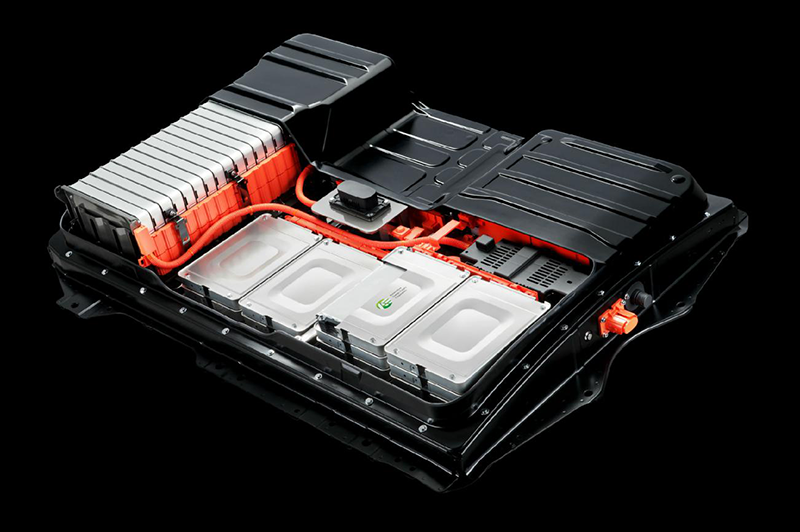
With the rise of electric vehicles, power batteries have become a focal point due to their performance and safety. Thermal grease plays a crucial role in enhancing heat dissipation, extending battery life, and improving safety. This article delves into the types of thermal grease used in power batteries, their characteristics, and applications.
Overview of Thermal Grease
Thermal grease is a material used to improve the thermal conductivity of electronic components. Its primary components include thermal fillers, base materials, and additives. In power batteries, thermal grease enhances thermal management, preventing overheating and improving stability and safety.

Types of Thermal Grease for Power Batteries
Silicone-Based Thermal Grease
Silicone-based thermal grease is the most common type, known for its excellent thermal conductivity and electrical insulation. It consists mainly of silicones and thermal fillers like aluminum oxide and boron nitride. Advantages include:
● Excellent Thermal Performance: Efficiently transfers heat from the battery.
● Good Electrical Insulation: Ensures electrical performance while conducting heat.
● Chemical Stability: Resistant to oxidation and corrosion, suitable for various environments.
Carbon-Based Thermal Grease
Carbon-based thermal grease uses graphite, carbon fibers, and carbon nanotubes as primary components, offering extremely high thermal performance. Key features include:
● Superior Thermal Conductivity: Rapidly dissipates heat due to the high thermal conductivity of carbon materials.
● Good Mechanical Properties: Durable and impact-resistant, suitable for mechanical stress.
● Lightweight: Lower density compared to traditional materials, reducing overall battery weight.
Metal-Based Thermal Grease
Metal-based thermal grease contains metallic particles such as silver, aluminum, and copper, known for high thermal conductivity. Main advantages include:
● Very High Thermal Conductivity: Metallic particles effectively conduct heat.
● High Reliability: Stable at high temperatures, resistant to decomposition or failure.
● Excellent Mechanical Strength: Provides structural support under harsh conditions.
Composite Thermal Grease
Composite thermal grease combines various materials' advantages, including silicone, carbon, and metallic particles. Key characteristics include:
● Outstanding Comprehensive Performance: Combines high thermal efficiency and electrical insulation.
● Wide Range of Applications: Suitable for different battery types and environments.
● Customization: Formulations can be adjusted to meet specific needs for optimal performance.
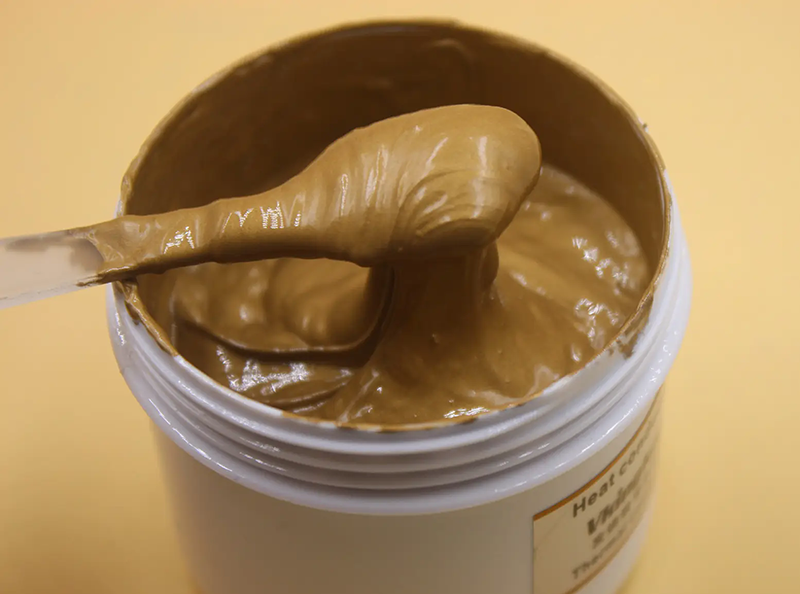
Applications of Thermal Grease in Power Batteries
Thermal Management Systems
In power battery thermal management systems, thermal grease is essential. By applying it between battery cells and cooling systems, it effectively reduces operating temperatures, preventing overheating and enhancing efficiency and safety.
Structural Optimization
In battery module design, thermal grease can act as a structural adhesive, enhancing overall strength and thermal performance, ensuring stability under various conditions.
Cooling Solutions
For different battery types, thermal grease can be combined with heat sinks and heat pipes to form efficient cooling systems, further improving heat dissipation.
Conclusion
Thermal grease significantly improves power battery performance and safety. Proper selection and application can enhance thermal management, extending battery life. Future advancements in material science will further enhance thermal grease performance, supporting the development of power batteries. Understanding the characteristics and applications of different thermal greases can guide practical operations, improving overall battery performance and reliability. This not only benefits the electric vehicle industry but also contributes to the promotion of green energy.



 CN >
CN >
